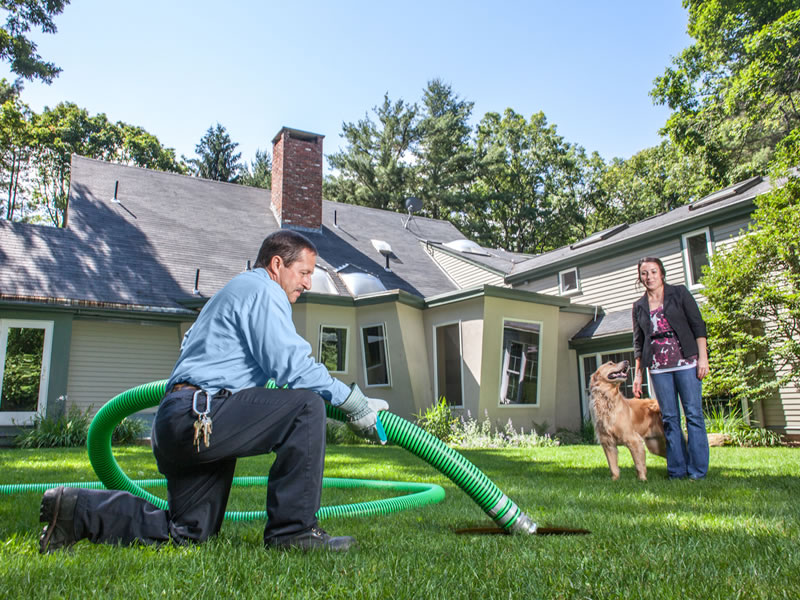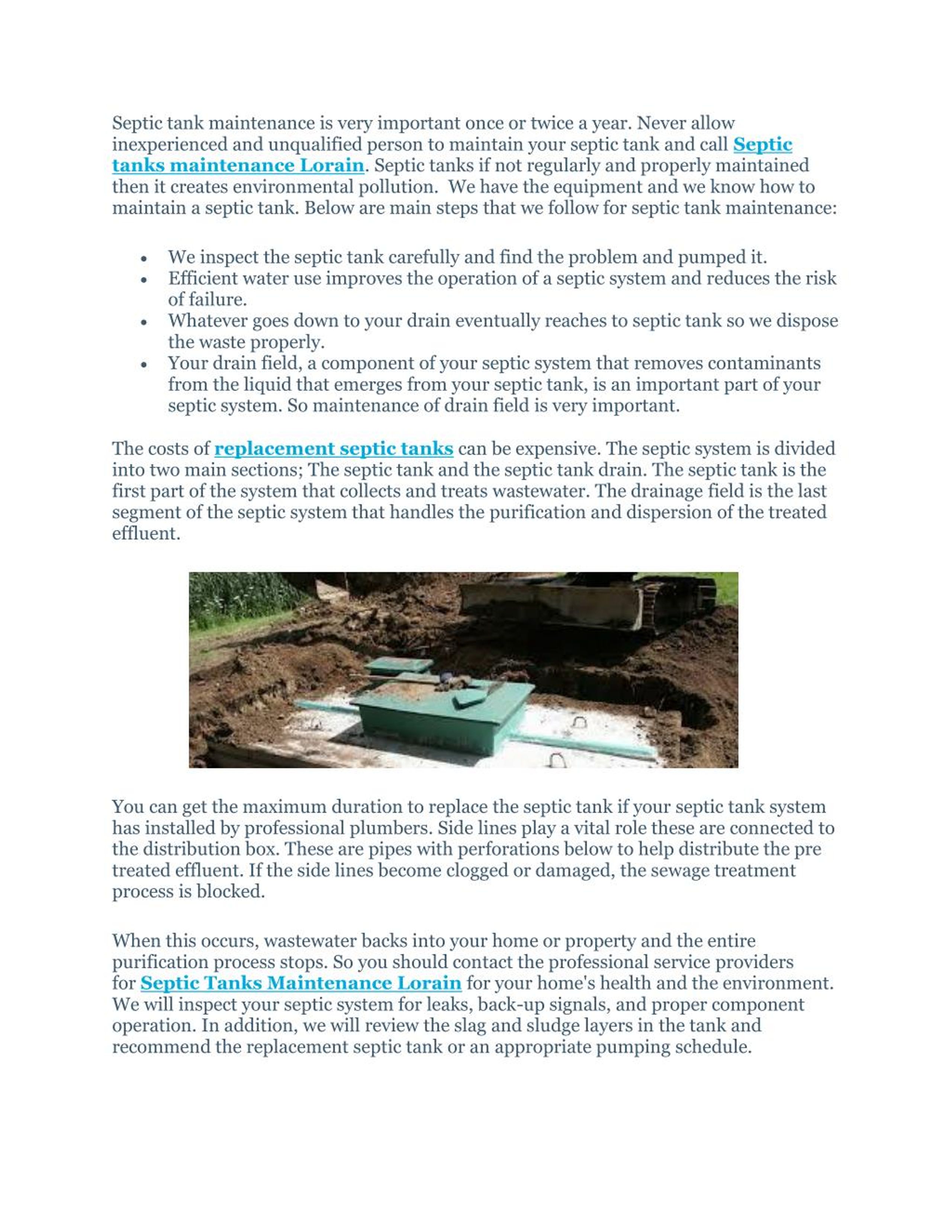The smart Trick of Stillwell Septic And Grading That Nobody is Discussing
The smart Trick of Stillwell Septic And Grading That Nobody is Discussing
Blog Article
The 7-Second Trick For Stillwell Septic And Grading
Table of ContentsWhat Does Stillwell Septic And Grading Do?The Greatest Guide To Stillwell Septic And GradingThe Facts About Stillwell Septic And Grading RevealedUnknown Facts About Stillwell Septic And GradingLittle Known Questions About Stillwell Septic And Grading.Stillwell Septic And Grading - TruthsAll about Stillwell Septic And Grading

Homeowners ought to likewise educate themselves on the essentials of septic tanks to guarantee they make educated choices throughout the installation procedure - Septic Inspection. Septic systems are an important part of lots of homes that are not linked to a municipal sewer system. They are created to deal with and deal with home wastewater on-site
The septic system is a big, underground container made of concrete, fiberglass, or plastic. It receives all the wastewater from the home, consisting of water from sinks, commodes, showers, and washing machines. The container separates the solid waste from the liquid waste. The strong waste settles to the base of the container, while the liquid waste, or effluent, climbs to the top.
Stillwell Septic And Grading for Dummies
Along with normal upkeep, home owners should additionally be mindful of what they flush down their drains. Things such as oil, oil, coffee grounds, and womanly health items can block the system and create backups. It is also important to preserve water and avoid overloading the system. Basic procedures such as dealing with dripping faucets and toilets, setting up low-flow showerheads and toilets, and spreading out washing loads can help in reducing water usage and extend the life of the septic system.
The topography of the site is also reviewed to make sure that the septic tank is set up at the correct elevation. https://www.pubpub.org/user/george-braden. The system needs to be mounted at a higher altitude than the surrounding location to avoid contamination of the surrounding environment. Troubles are the minimum distances needed by legislation in between the septic tank and various other frameworks or attributes such as wells, buildings, and home lines
The elevations will make sure that the septic system operates properly, and wastewater is efficiently dealt with. It guarantees that the septic system is installed in the most optimum area, taking into factor to consider the dirt, topography, and problems.
Get This Report on Stillwell Septic And Grading
Prior to mounting a septic container, homeowners need to get licenses and abide with laws. Some of the permits and laws that property owners require to think about consist of:: Home owners need to obtain a permit from the local health division or structure division prior to installing a septic system.
Some municipalities may call for a minimal whole lot dimension for septic system installation.: Homeowners need to conform with ecological laws when setting up a septic system. https://forums.hostsearch.com/member.php?257676-stillwellsag. For example, some states might require an ecological impact assessment before setting up a septic system.: Homeowners require to abide with building laws when setting up a septic tank.
Our Stillwell Septic And Grading Statements
For example, some districts may need periodic assessments and pumping of the sewage-disposal tank. Non-compliance with permits and guidelines can lead to fines, penalties, and even lawful action. Therefore, it is vital for house owners to obtain licenses and follow regulations prior to setting up a septic tank. When it pertains to picking a septic storage tank, property owners have a few choices to consider.
One of one of the most essential factors to take into consideration when choosing a sewage-disposal tank is the dimension. A septic his explanation tank that is too tiny for the home's demands will need more constant pumping, while a container that is also large can result in too much water accumulation and possible system failing. A general rule of thumb is that the container needs to have the ability to hold a minimum of two days' worth of wastewater.
Indicators on Stillwell Septic And Grading You Need To Know

It's additionally vital to think about the type of system the septic storage tank will certainly be made use of with. There are 2 main types of septic systems: gravity and stress.
Not known Incorrect Statements About Stillwell Septic And Grading
Overall, picking the appropriate septic storage tank for a home is a vital choice that requires mindful factor to consider. Prior to setting up a septic tank, house owners must take particular actions to prepare for the installment process.
Here are some essential precaution to follow: Wear safety gear: House owners have to use protective equipment, such as gloves, boots, and headgears, to avoid injury during the installation process. Stay clear of electric lines: Property owners have to stay clear of digging near electric lines to stop electrocution. Usage caution when running heavy equipment: Homeowners need to make use of care when operating heavy machinery to prevent mishaps and injuries.
The Of Stillwell Septic And Grading
By adhering to these crucial steps, house owners can make sure an effective septic system installment process. Sewage-disposal tank installation is a critical process that requires mindful preparation and implementation. Homeowners who are setting up a septic container for the very first time must understand the important steps included in the process to make sure that their septic tank operates efficiently and properly.

Report this page